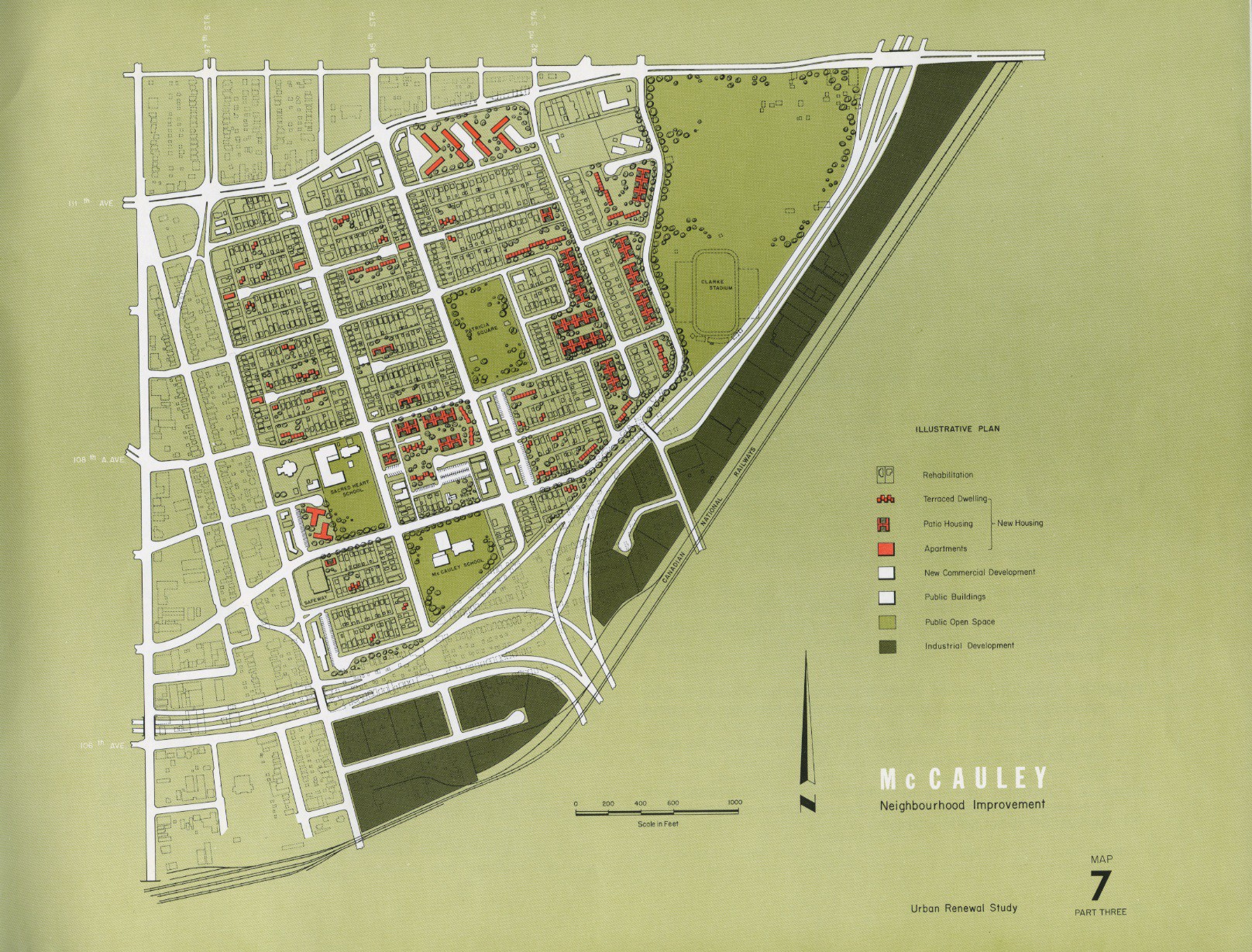Thinking about Past Futures across National Boundaries
In 1955, the President of Brazil, Juscelino Kubitschek, announced a plan for “fifty years of progress in five.” The defining achievement of this plan would be the new capital, Brasilia, a futuristic kind of Latin American city that would be based on order, progress, and fluid movement. Brasilia had socialist—or at least populist—implications: by creating a city from scratch, the hierarchies of class and racial divisions that plagued older Latin American cities would be destroyed. Fifty years later, it is widely accepted that Brasilia’s utopian ambitions have devolved into a dystopia. The futuristic buildings now look like retro visions of the space age and the automobile-based urban planning has ended up disenfranchising, rather than liberating, the poor and working class.
As Edmonton aspires for a sort of utopia-light with massive new projects for the City Centre airport, a downtown sports arena, and other projects, one has to wonder how many of these high-minded projects will come to be seen as failures in the coming decades. Certainly, Edmonton has already produced many futuristic relics that, despite their lofty ambitions, have come to represent obstacles to a livable, creative, and vibrant city. What are these retro-futuristic relics (HUB Mall? The Butterdome?) and what lessons do they have to teach us?
How can we learn from Brasilia, avoiding the unintended consequences that comes with the ambition to construct a city of tomorrow?
The University of Alberta HUB Mall
Evangelical Modernism: Tulsa’s Oral Roberts University


